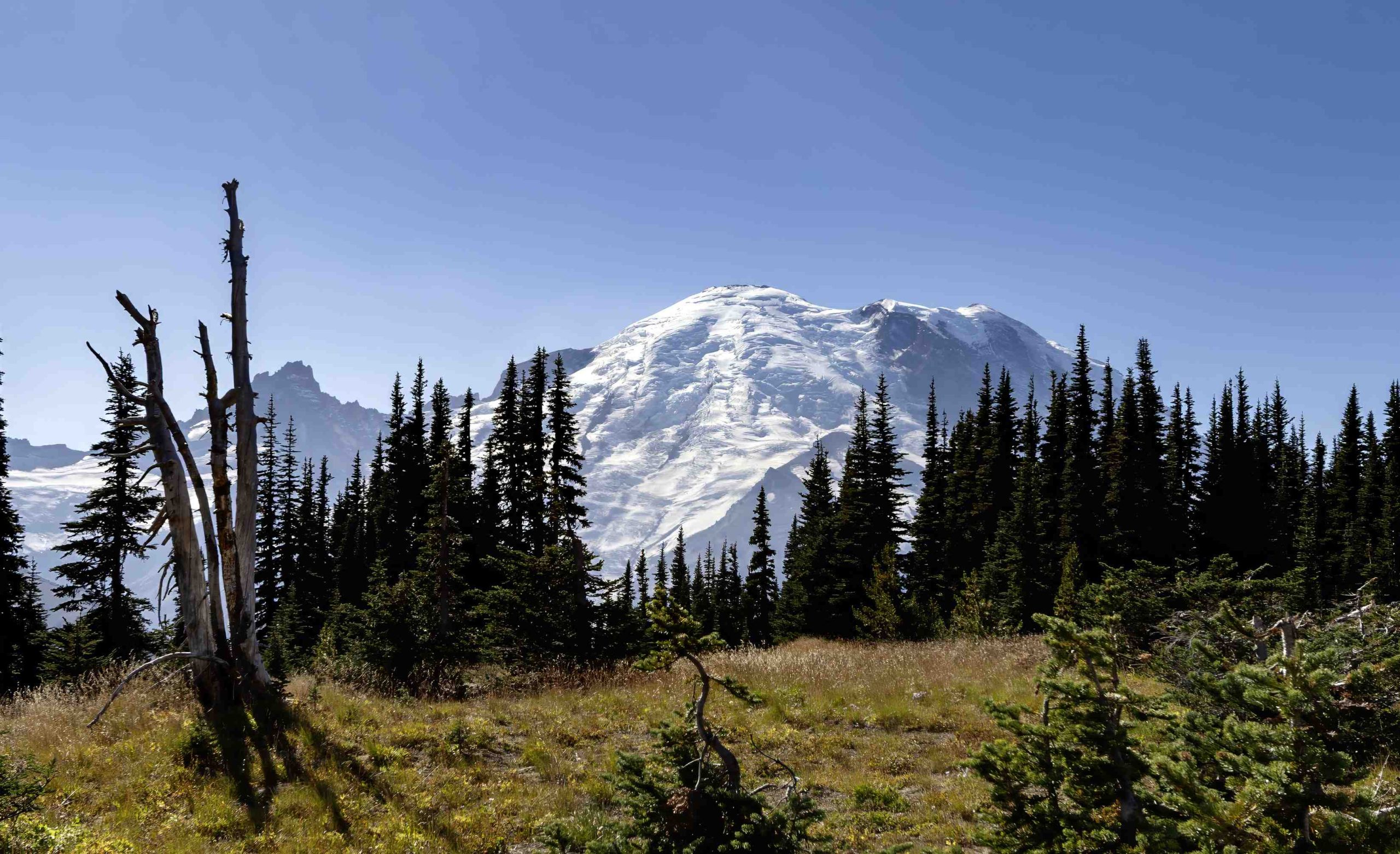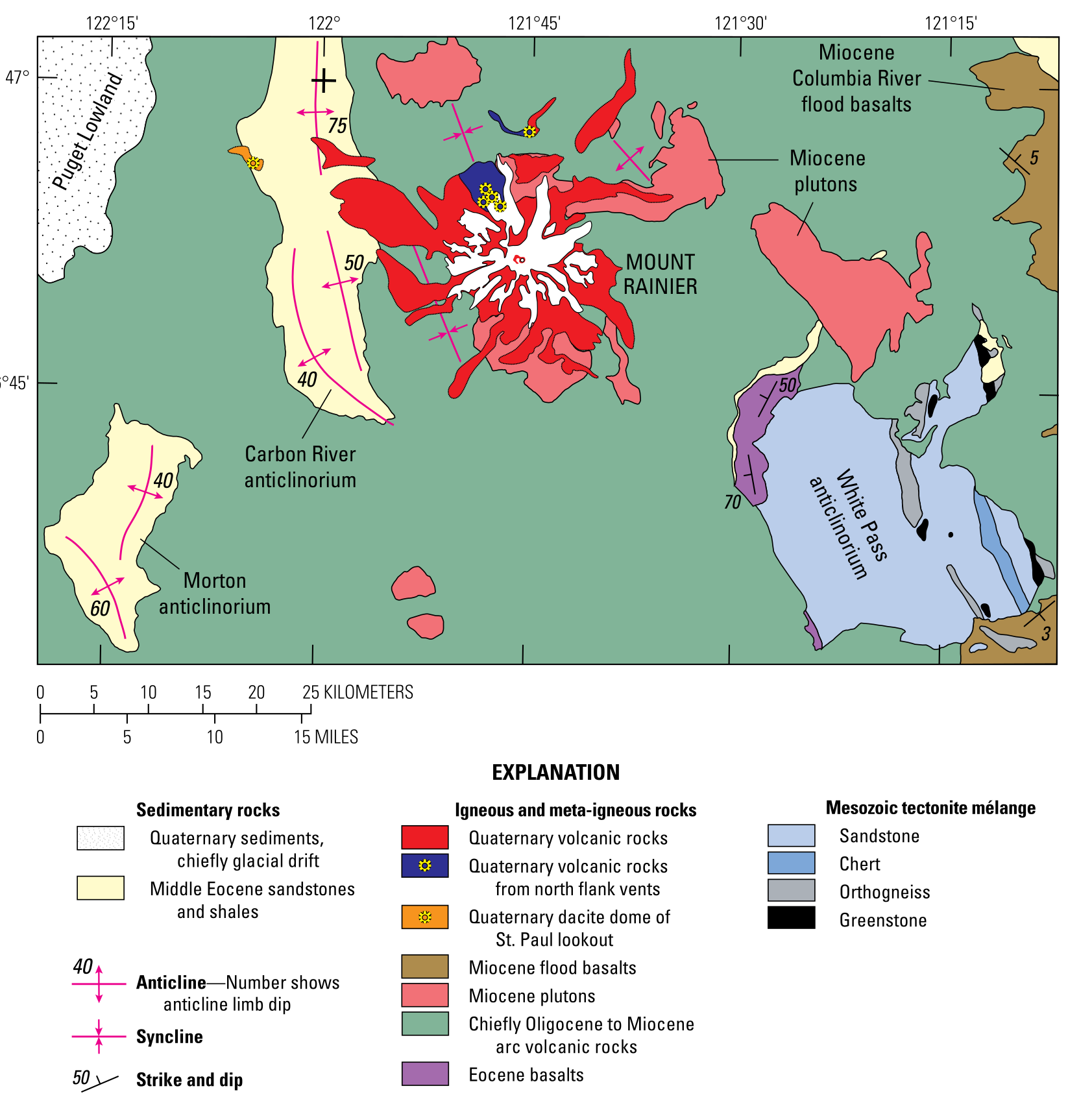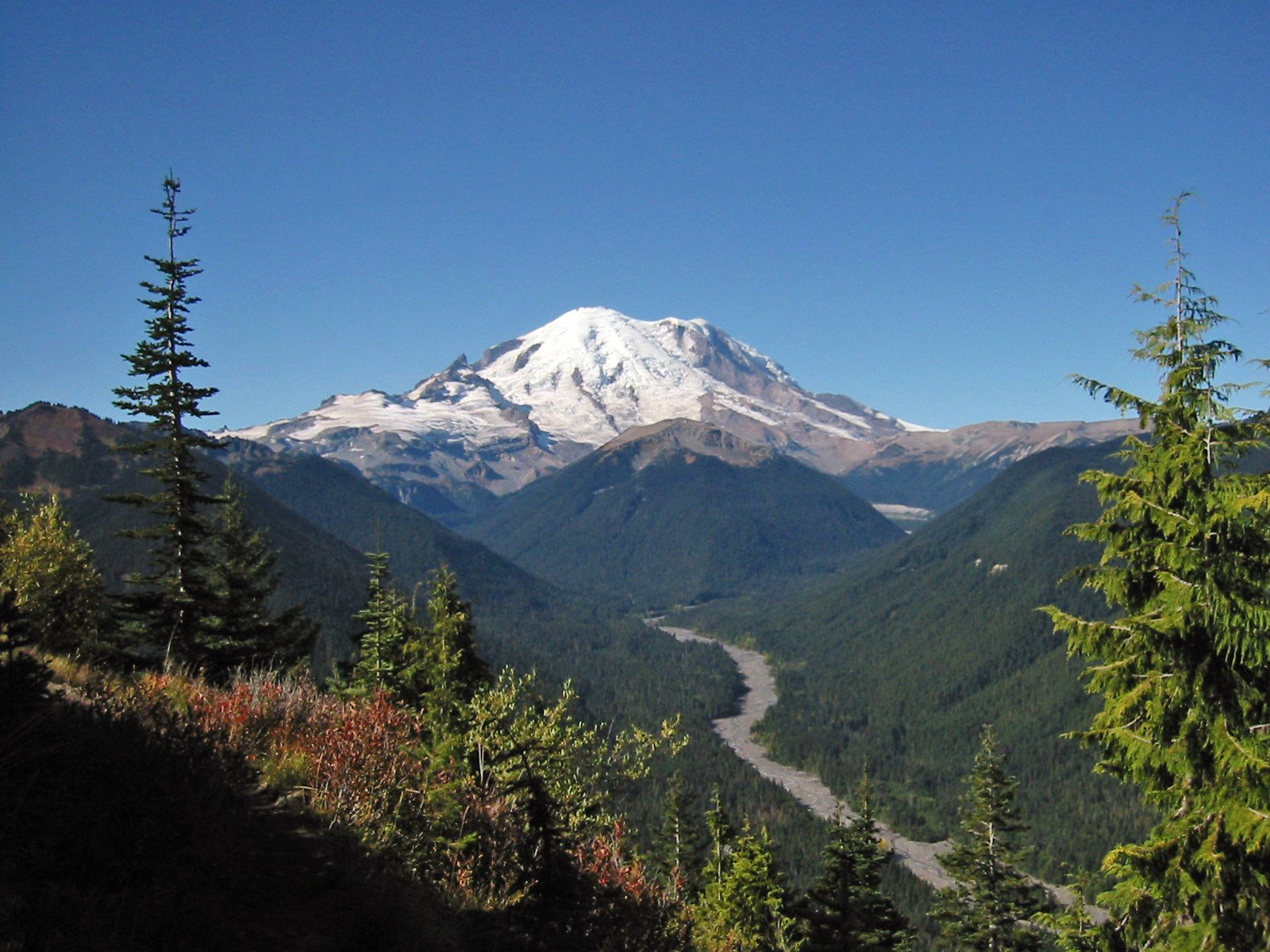Mount Rainier mountaineering courses offer a challenging and rewarding experience for climbers of all levels. These courses provide comprehensive training in essential mountaineering skills, including ice axe use, cramponing, rope travel, and crevasse rescue. Participants learn from experienced guides while attempting to summit one of North America’s most iconic peaks. Courses range from 4 to 7 days, with varying levels of difficulty and focus on different aspects of mountaineering.
What Are the Prerequisites for a Mount Rainier Mountaineering Course?

While no specific technical climbing experience is required for most Mount Rainier mountaineering courses, participants must meet certain prerequisites:
- Excellent physical condition
- Strong cardiovascular fitness
- Ability to carry a heavy pack (40-45 lbs) for extended periods
- Previous experience with overnight backpacking (recommended)
It’s crucial to engage in a rigorous fitness training program before attempting the climb. This preparation should focus on:
- Cardiovascular endurance
- Strength training, particularly for legs and core
- Hiking with a weighted pack
- Stair climbing or hill training
What Skills Will You Learn in a Mount Rainier Mountaineering Course?

Mount Rainier mountaineering courses cover a wide range of essential skills for alpine climbing. Here’s a breakdown of the key techniques you’ll learn:
- Ice axe arrest
- Cramponing techniques
- Rope travel and team coordination
- Crevasse rescue procedures
- Glacier travel and navigation
- Snow and ice anchor building
- Fixed line ascension
- Expedition camp setup
- Snow cave construction (in some courses)
- High altitude medicine basics
- Avalanche hazard evaluation
These skills are taught through a combination of practical exercises, demonstrations, and lectures, ensuring that participants are well-prepared for the challenges of the mountain.
What Does a Typical Mount Rainier Mountaineering Course Schedule Look Like?
The schedule for a Mount Rainier mountaineering course varies depending on the program length and specific focus. Here’s an example of a 4-day summit climb itinerary:
| Day | Activities |
|---|---|
| 1 | Pre-trip orientation in Ashford |
| 2 | Mountaineering Day School: climb and travel techniques, crampon use, ice axe arrest, rope travel |
| 3 | Hike from Paradise to Camp Muir (4,600 ft elevation gain) |
| 4 | Summit attempt and descent to Paradise (10-14+ hour day) |
For longer courses, such as the 6½ Day Winter Seminar, the schedule might include:
- Days 1-2: Initial training and orientation
- Days 3-5: Advanced skills, expedition camp building, and glacier travel
- Days 6-6½: Summit attempt
How Much Does a Mount Rainier Mountaineering Course Cost?
The cost of a Mount Rainier mountaineering course can vary significantly depending on the program length, guide service, and included amenities. Here’s a general overview of what to expect:
- 4-day programs: $1,500 – $2,500
- 6½-day programs: $2,500 – $3,500
- Private guided climbs: $3,000 – $5,000+
These prices typically include:
- Professional guide services
- Group climbing gear
- Permits and fees
- Transportation from base camp to trailhead (in some cases)
Additional costs to consider:
- Personal climbing gear (can be rented if needed)
- Lodging before and after the course
- Meals not provided during the course
- National Park entry fees (if driving your own vehicle)
What Equipment Is Needed for a Mount Rainier Mountaineering Course?
A Mount Rainier mountaineering course requires a significant amount of specialized equipment. While guide services often provide group climbing gear, participants are responsible for their personal equipment. Here’s a basic list of essential items:
- Mountaineering boots
- Crampons
- Ice axe
- Climbing helmet
- Harness
- Backpack (65-75 liters)
- Sleeping bag (rated to 0°F or -18°C)
- Sleeping pad
- Layered clothing system (base layers, insulating layers, waterproof shell)
- Gloves and mittens
- Gaiters
- Sunglasses and goggles
- Headlamp
- Water bottles and hydration system
- High-energy snacks and meals
Most guide services provide a detailed equipment list and offer rental options for specialized gear.
What Are the Weather Conditions Like During a Mount Rainier Climb?
Weather conditions on Mount Rainier can be unpredictable and vary greatly depending on the season and elevation. Here’s what you can generally expect:
- Night temperatures: 40 to 50°F (4-10°C), occasionally dropping below freezing
- Daytime temperatures: Up to 70°F (21°C) on clear days
- Possibility of rain, snow, and high winds at any time of year
- Rapidly changing weather conditions
Mid-season (July-August) tends to offer the most stable weather, but climbers should always be prepared for adverse conditions. It’s essential to pack appropriate clothing and gear to handle a wide range of temperatures and weather scenarios.
How Can I Prepare for a Mount Rainier Mountaineering Course?
Preparing for a Mount Rainier mountaineering course requires dedication and planning. Here are some key steps to take:
- Start a rigorous fitness training program at least 3-4 months before the course
- Practice hiking with a weighted pack (40-45 lbs) on steep terrain
- Familiarize yourself with basic mountaineering concepts and terminology
- Break in your mountaineering boots well before the course
- Test and become comfortable with all your gear
- Learn about altitude sickness and its prevention
- Practice proper nutrition and hydration strategies for endurance activities
- Consider taking a basic mountaineering or wilderness first aid course
By following these preparation steps, you’ll be better equipped to handle the physical and mental challenges of a Mount Rainier mountaineering course.
What Are the Success Rates for Summit Attempts on Mount Rainier?
Summit success rates on Mount Rainier vary depending on several factors:
- Weather conditions
- Route conditions
- Climber fitness and experience
- Time of year
On average, the success rate for guided climbs on Mount Rainier ranges from 50% to 60%. However, it’s important to note that reaching the summit is not the sole measure of success in a mountaineering course. The skills learned, experiences gained, and personal growth achieved during the course are equally valuable outcomes.
Are There Age Restrictions for Mount Rainier Mountaineering Courses?
Most guide services have age restrictions for Mount Rainier mountaineering courses:
- Minimum age: Usually 16 or 18 years old
- Maximum age: No specific limit, but participants must meet fitness requirements
Younger climbers (under 18) typically need parental consent and may be required to climb with a parent or guardian. Older climbers should consult with their healthcare provider before attempting the climb to ensure they are physically capable of handling the demands of high-altitude mountaineering.
In conclusion, a Mount Rainier mountaineering course offers a challenging and rewarding experience for aspiring climbers. By understanding the prerequisites, preparing adequately, and choosing the right program, participants can gain valuable skills and potentially reach the summit of one of North America’s most iconic peaks.
References:
1. https://www.mountainguides.com/rnr-winter.shtml
2. https://www.rmiguides.com/mt-rainier/mountaineering-day-school
3. https://climbingthesevensummits.com/mt-rainier/

